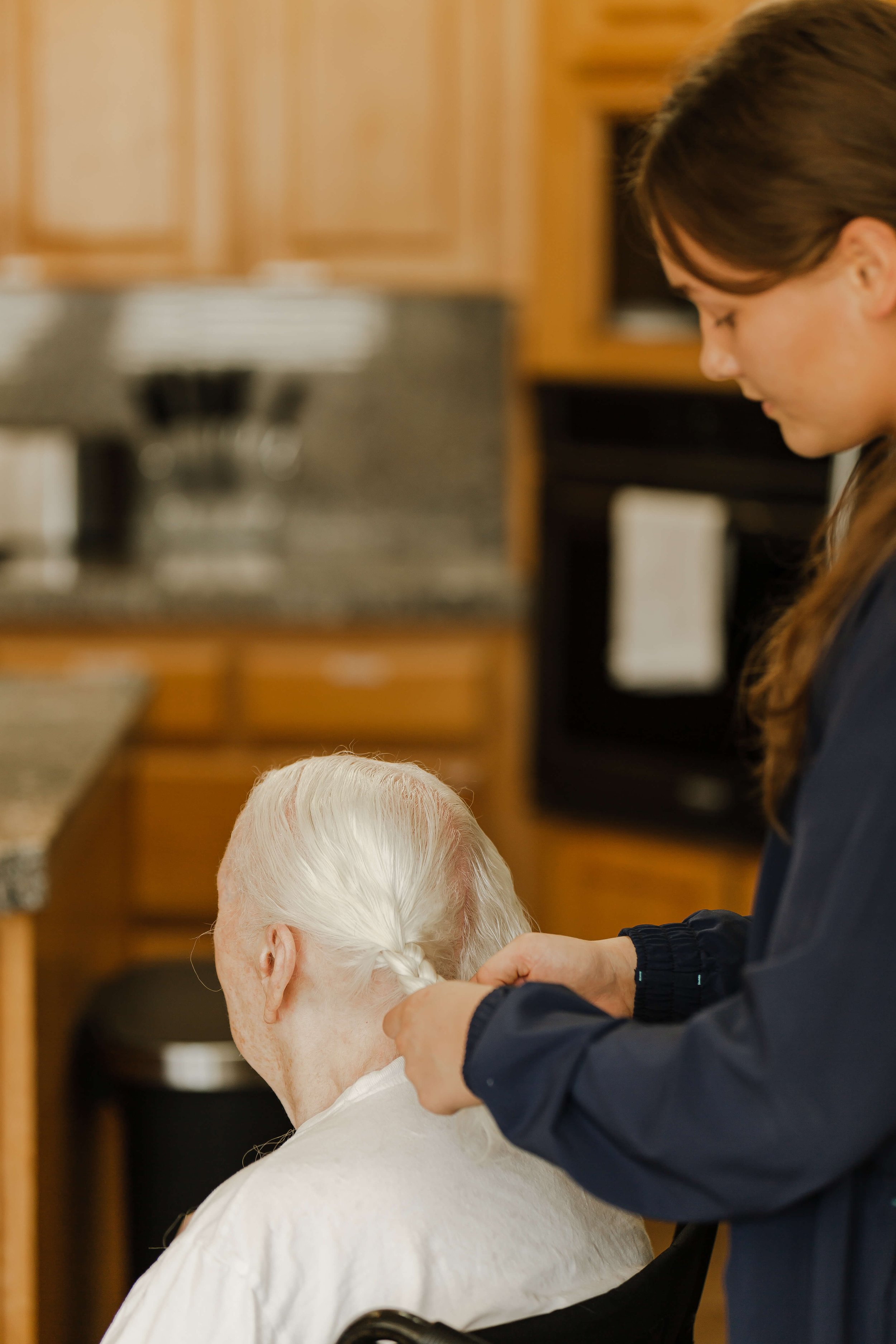ASSISTED LIVING AT BELAMOUR
Supporting Independence with Personalized Care
OUR ASSISTED LIVING SERVICES
Customized Care Plans: Each resident receives individualized care that supports independence and daily living.
Expert Caregivers: Our staff is trained to offer assistance with daily activities, ensuring residents receive professional care with dignity.
Active Community Engagement: We offer a variety of activities and social events designed to keep residents engaged and connected.
Safety and Security: Our facilities are equipped with 24/7 security measures to ensure the well-being and safety of every resident.
Maintenance-Free Lifestyle: Residents can enjoy a worry-free lifestyle without the hassle of home maintenance and chores.
BENEFITS FOR RESIDENTS
Maintained Independence: Our supportive environment allows residents to enjoy their independence with the necessary care.
Social and Active Living: A wide range of social activities provides opportunities for engagement and enrichment.
UNDERSTANDING INDEPENDENT LIVING
Comprehensive Support: Ideal for those needing assistance with daily activities, offering a blend of care and independence.
Adaptive Assistance: Care plans that adapt to changing needs, ensuring appropriate support levels while honoring resident autonomy.
CHOOSING BELAMOUR FOR ASSISTED LIVING
Belamour’s Assisted Living combines essential care services with an enriching community environment, featuring:
Comfortable Living Spaces: Designed for comfort and ease, providing a welcoming atmosphere for all residents.
Dedicated Support Team: Our caregivers are committed to delivering compassionate care tailored to individual needs.
EXPERIENCE BELAMOUR'S ASSISTED LIVING
Explore the supportive and active lifestyle Belamour’s Assisted Living offers, designed to meet individual needs and enhance daily living.
COMMUNITY ENGAGEMENT
A vibrant schedule of activities and social events that nurture a sense of belonging and encourage active, fulfilling lifestyles.
SAFETY & CONVENIENCE
A secure, maintenance-free living environment where residents can feel at home without the worries of daily upkeep.
COMPASSIONATE CARE
A dedicated team of caregivers trained to offer compassionate support, ensuring dignity and respect in every interaction.
TAILORED SUPPORT
Personalized care plans ensuring each resident receives the appropriate level of assistance while promoting their independence.
YOUTFUL COMPASSION MEETS ASSISTED SENIOR LIVING
·
YOUTFUL COMPASSION MEETS ASSISTED SENIOR LIVING ·

WHAT LEVEL OF CARE DO YOU NEED?
Discover the level of care you or your family member requires. Take our short assessment now.




